Unveiling Starfield's Realistic Space Exploration: Journey to Pluto
In Starfield, players rely on fast travel between planets, dispelling the notion of skyboxes. Alanah Pearces determined journey to Pluto showcased the games commitment to realism and exploration.
In the world of gaming, the controversy surrounding Pluto's status as a planet has resurfaced with the release of the highly anticipated space RPG, Starfield. Developed by Bethesda, this epic adventure takes players on interplanetary journeys using fast travel, leaving many disappointed who had hoped for the freedom to explore the vast cosmos at their own pace. Speculation arose that the game might be limiting players to enclosed skyboxes within a solar system, rendering the uninhabited planets as mere decorative objects. To unveil the truth behind these rumors, intrepid explorer, podcaster, and Santo Monica Studios writer, Alanah Pearce, embarked on a daring mission.
Pearce's ambitious plan involved traversing the Milky Way to determine if players could genuinely reach distant worlds under their spacecraft's power. To achieve this, she aimed her ship at a destination and left the game running while she slept. However, her first hurdle was choosing a suitable target. Initially aiming for Earth, she discovered that the game's hyper-realistic planetary orbits made precise navigation impossible before bedtime. After careful consideration, she decided to set her course to the right of Pluto.
However, things were not as straightforward as she had hoped. Whenever Pearce's Xbox controller went idle, the game paused, leading to frustrating interruptions in her progress during the night. Seven hours later, when she awoke, Pearce had unequivocally proven that Starfield did not rely on skyboxes. The expansive space maps accurately represented real solar systems, complete with vast stretches of emptiness. She now found herself a mere 47 kilometers from the enigmatic dwarf planet, Pluto.
At this point, textures became heavily blurred, suggesting that Bethesda had not intended players to venture this far. Confirming this suspicion, when Pearce finally reached Pluto, she inexplicably passed through its surface, seemingly entering its core, where the trans-Neptunian object vanished, revealing the vastness of space surrounding her ship.
Exiting Pluto proved to be a more challenging task. Despite its diminutive size, Pluto still boasted a diameter of 2,376 kilometers. Traveling at subspace speeds meant that it would take hours to traverse the planet entirely. Exhausted, Pearce decided to return to her slumber.
Five hours later, the ship finally emerged from Pluto's depths. Remarkably, during this ordeal, Pearce reported that she had become so fatigued that she fainted upon returning to her bed, resulting in an inadvertent head injury. Nevertheless, her valiant efforts were all in the name of science.
In conclusion, Starfield's depiction of space is not confined to skyboxes but rather reflects the vastness of the cosmos, complete with realistic planetary orbits. Alanah Pearce's daring journey to Pluto, although fraught with challenges and exhaustion, confirmed the game's commitment to realism and exploration. As players prepare to embark on their own interstellar adventures in Starfield, they can rest assured that the universe they explore is as genuine as it gets.
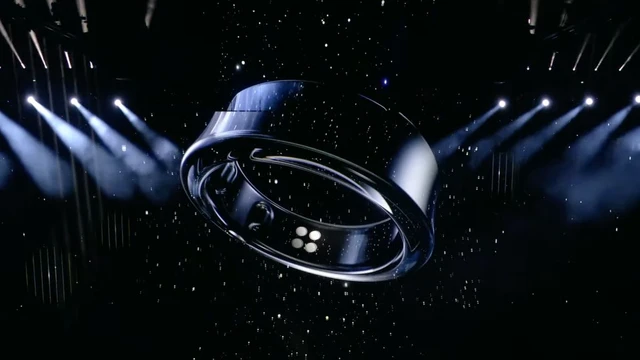


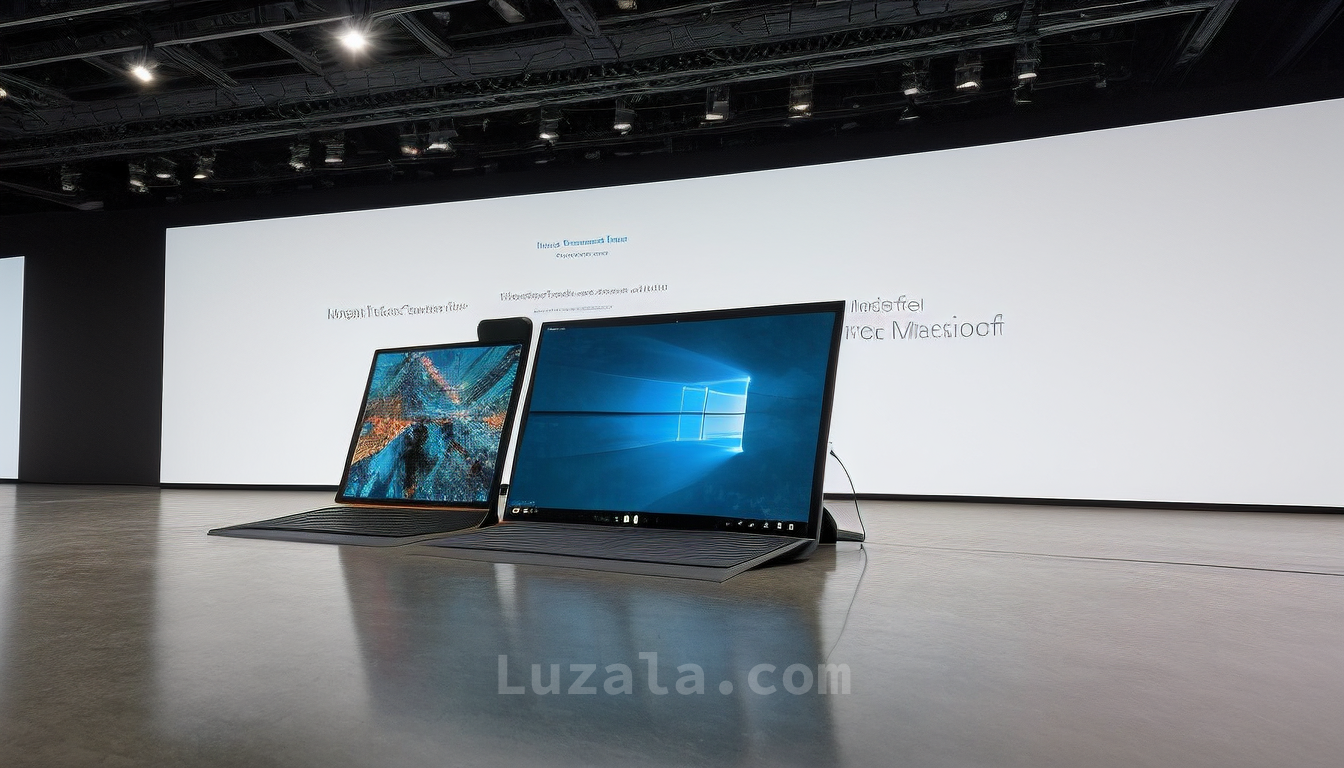
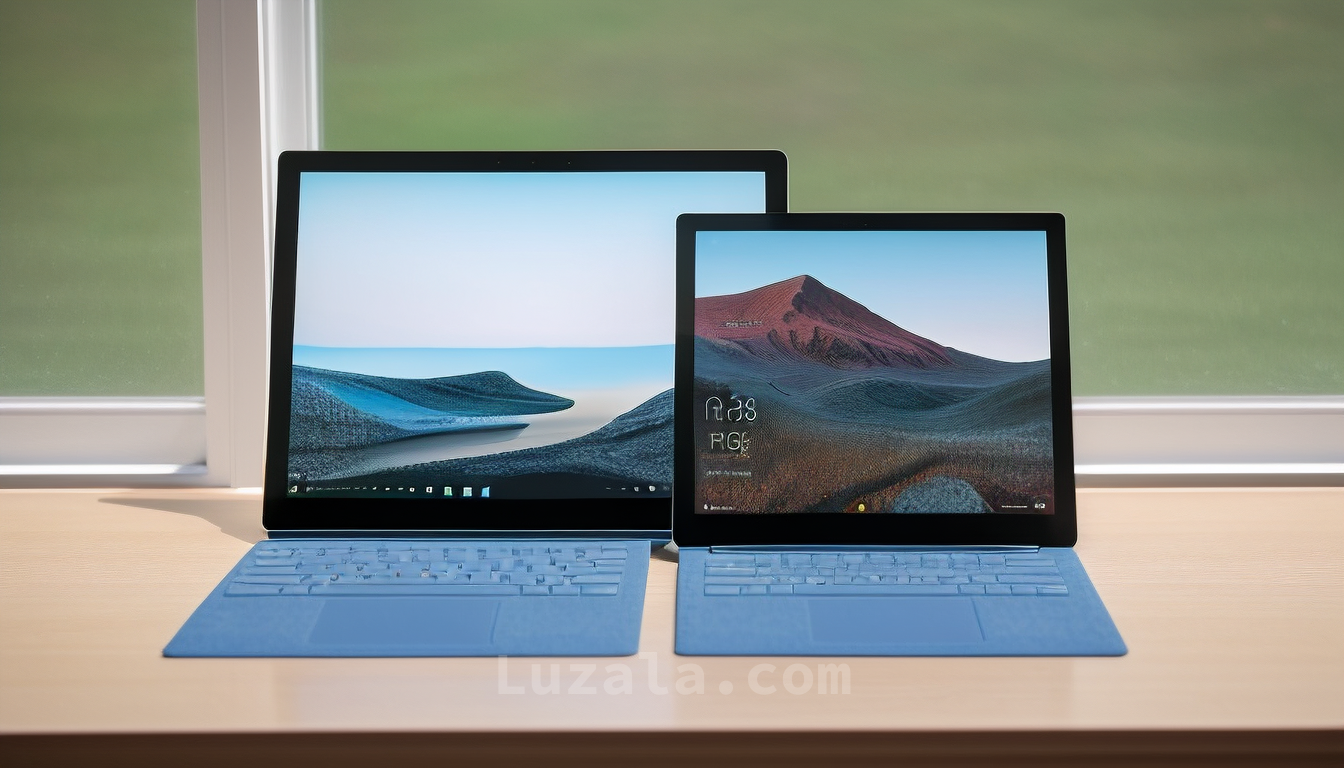

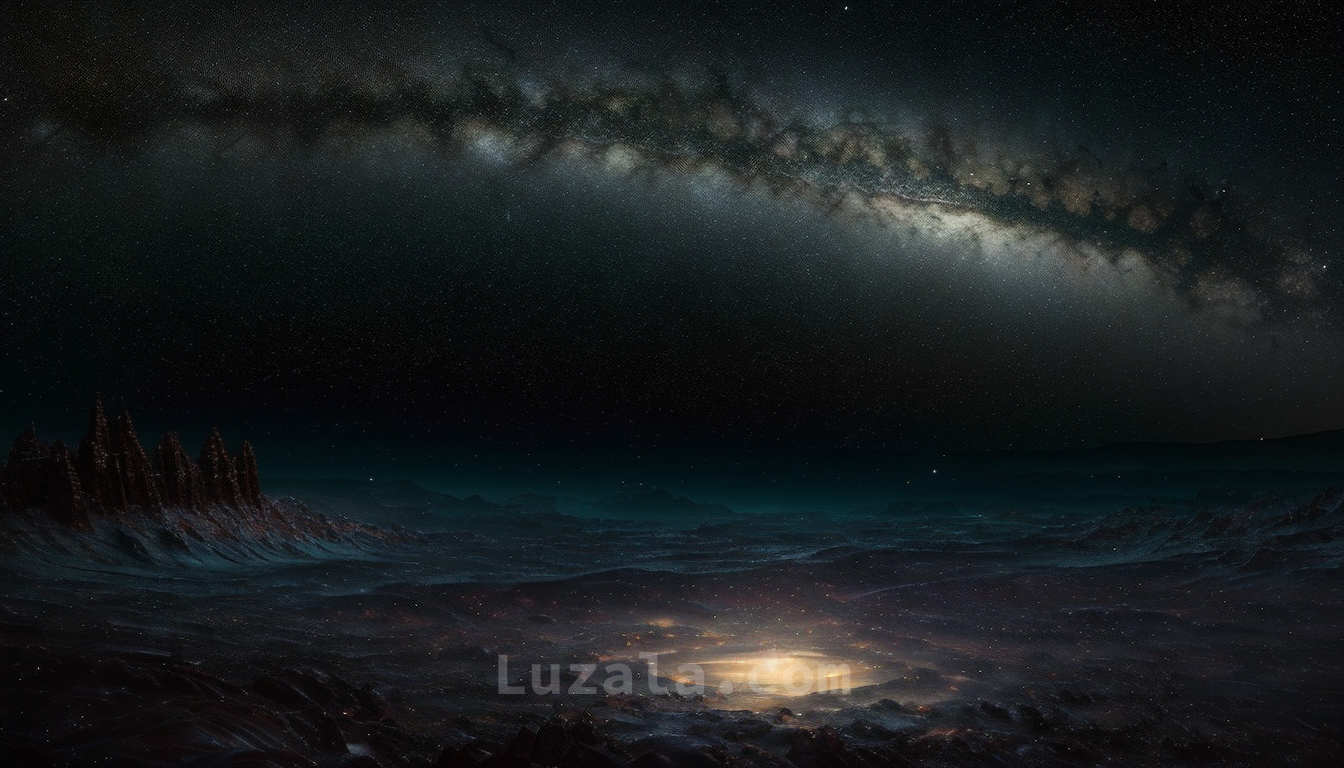


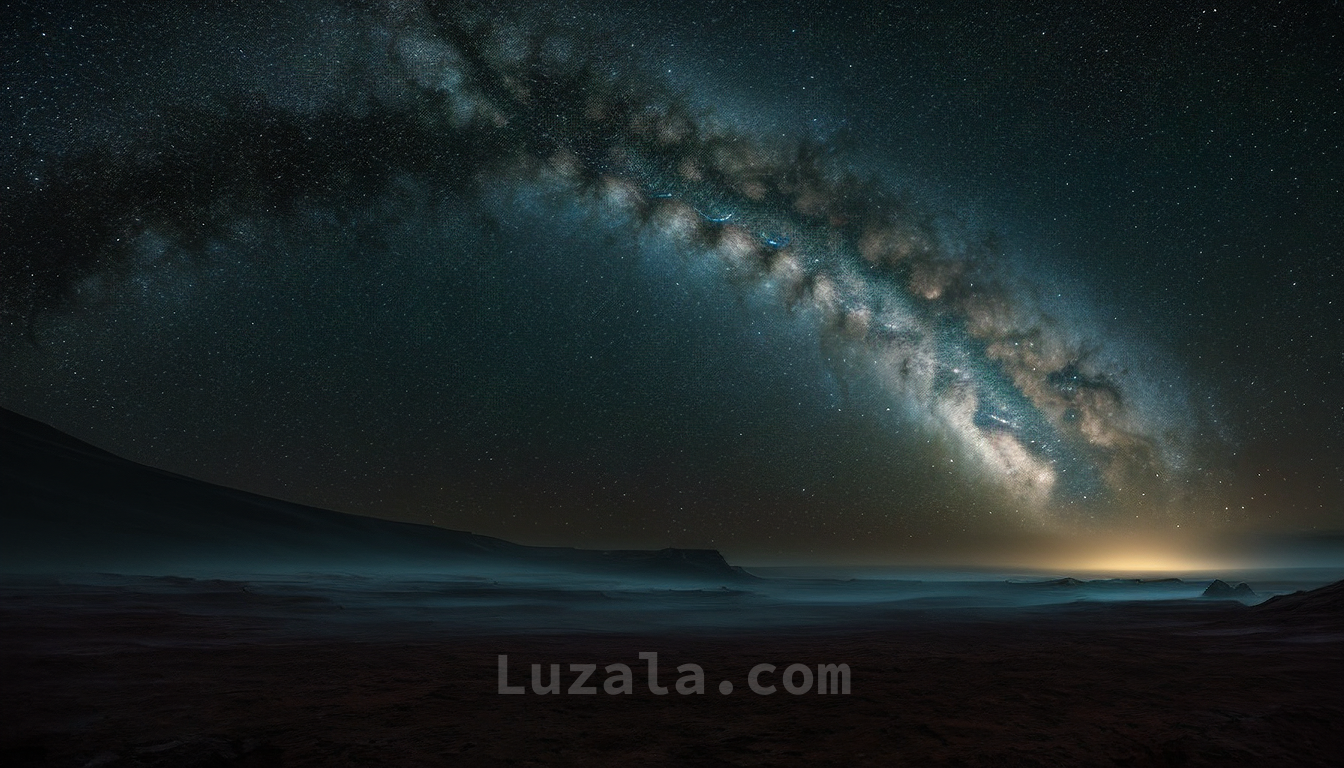





Comments